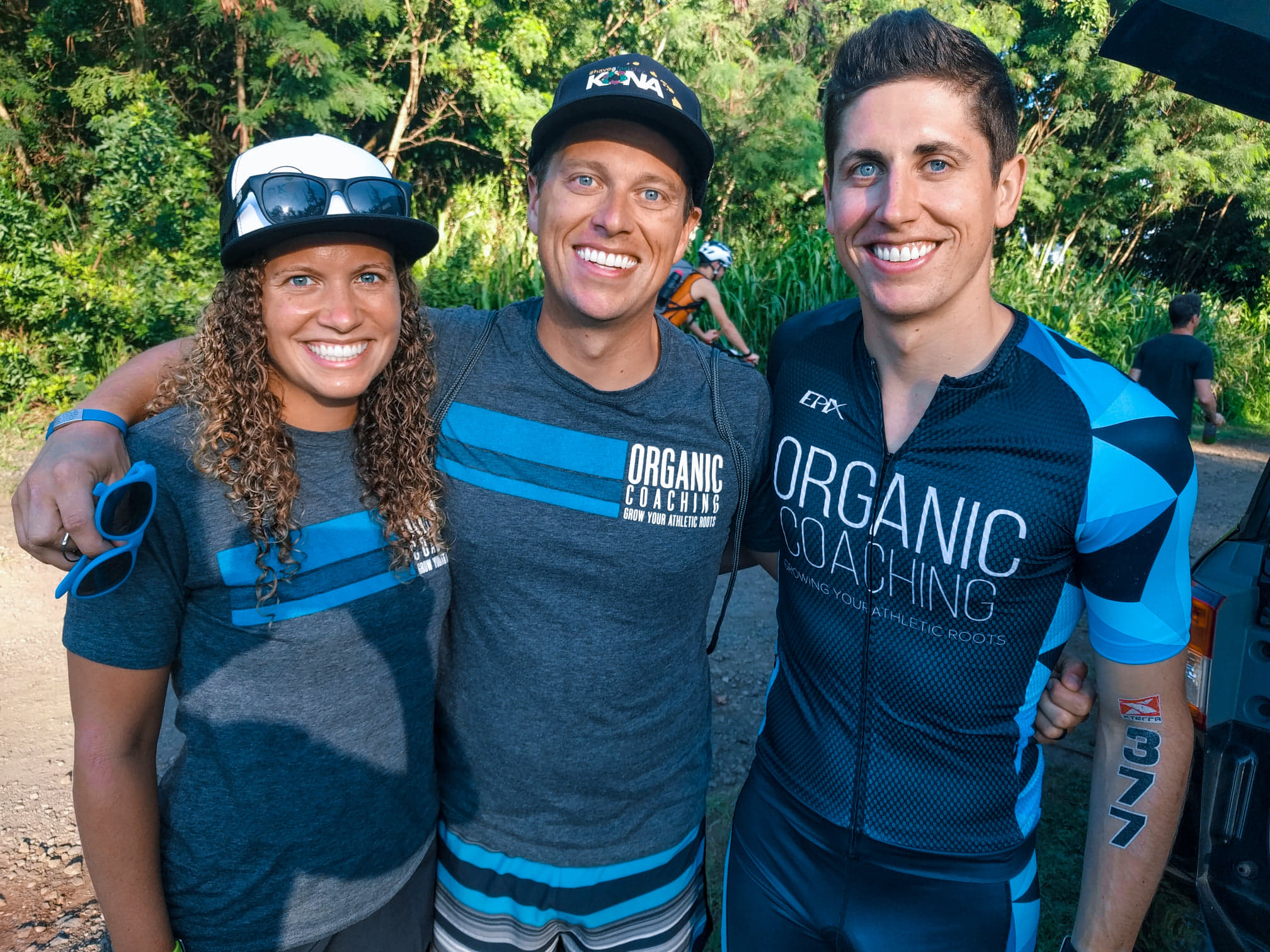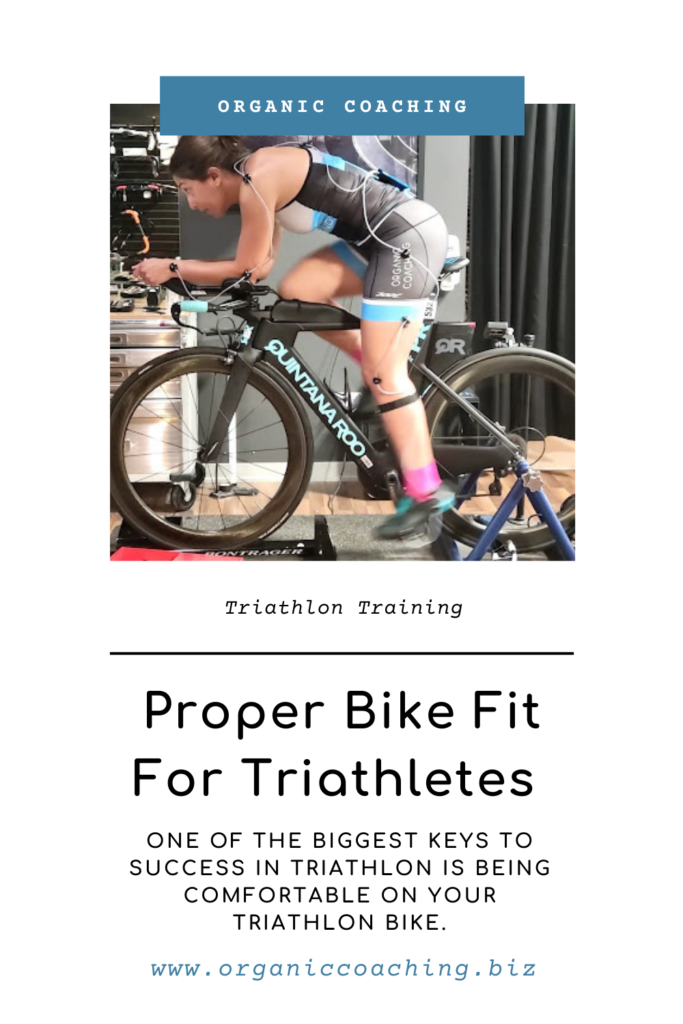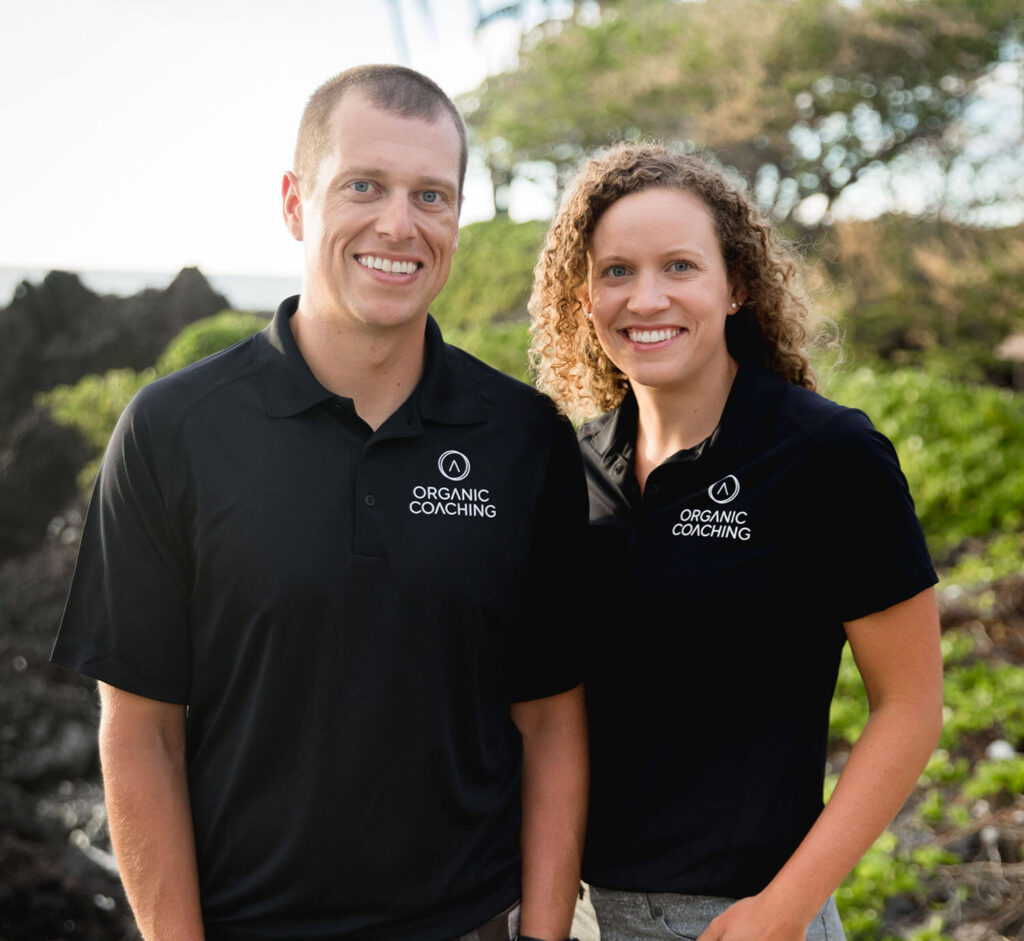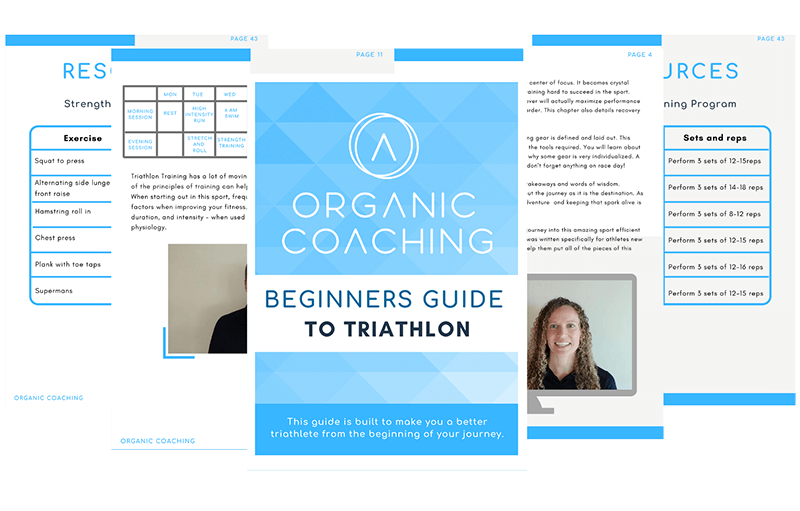
When you bought your first ah-mazing bike and jumped right on, had you gotten a proper bike fit? Or did you jump right on, only to have some serious shoulder, elbow and/or back pains not long afterwards?
We’ve all been there at one point or another. However, one of the biggest keys to success in triathlon is being comfortable on your triathlon bike.
As triathletes, we spend endless hours sitting on our bikes during training. And since it is the longest discipline in a race it is important to find that perfect balance between aerodynamics and comfort.
Because the thing is your aerodynamics does not matter if you are not comfortable enough to hold that position for an extended period of time and cannot run off the bike well.
If you’ve yet to get a proper bike fit, or if you’re not sure if your bike is properly fit, then this article is for you! If you’re a bike fit pro, then be sure to share this with a friend so that they can set their bike up for successful triathlon bike training.
Bike fits are the process of matching you, as an individual, to your bike. Everyone is unique and has different goals and therefore there is not a one size fits all technique. The goal of a bike fit is to optimizing biomechanics to maximize power, efficiency and eliminate injury potential.
It is ideal to get a bike fit when purchasing a new bike, but it can also be done on a used or previously owned bike. The beginning of the season is a good time to get your bike fit dialled in before any heavy training begins. A bike fit is recommended annually. Especially if there are changes to your weight, flexibility and wear to the bike (arm pads, saddle, etc).
You will want to go to a bike shop that has a professionally certified bike fitter. At Organic Coaching, we highly recommend going to a fitter certified using the Retul System.
Retul System is a 3D motion capture technology that can measure length to the millimetre. The fitter will use the system to assess your range of motion at various joints (ankles, hips, knees, elbows, shoulders) and determine the best-fit angles and alignments. It is a bit of an investment but will pay off in the long term.

A bike shop can give a more basic, lower-cost fit using a goniometer (measures angles), or you can send your coach a video of yourself on the trainer and they can make some recommendations as well.
It is important to note that a small adjustment in one area causes other areas to move and angles to change which is why it is best to take it to a skilled bike fitter.
Remember any pain, numbness or constant discomfort on the bike should be addressed so let your coach know and they can guide you on the best path forward.
-Coach Val
If you have your bike fit done and are ready to hit the road, be sure to read these road safety tips first.


Carly and Tyler Guggemos built Organic Coaching in 2014 with a simple philosophy that works. The idea is to take what you have and grow it to get faster, fitter and stronger. And to do it with the time you have – not the time you wish you had.

For athletes who are ready to take their training to the next level while still thriving and succeeding in their professional and family life.
Copyright © 2024 Organic Coaching LLC